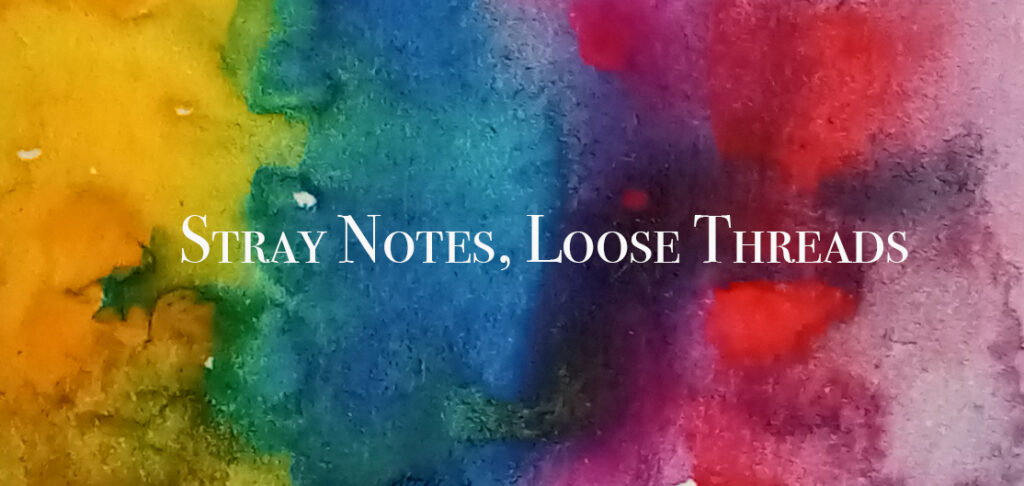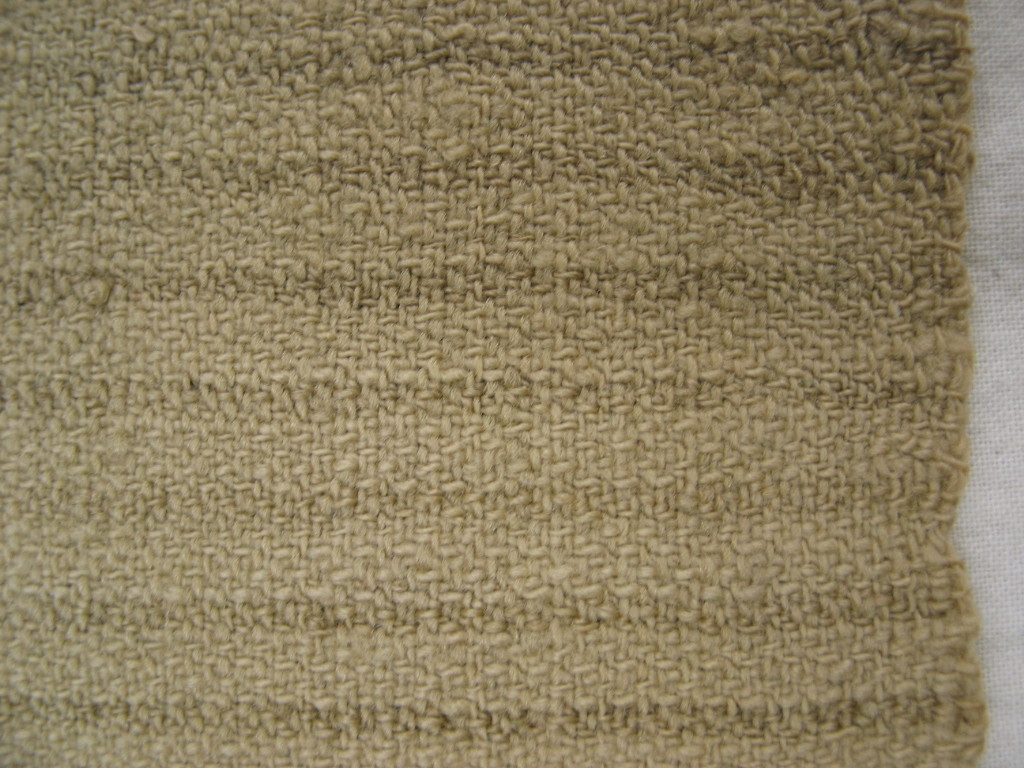Nelson, in common with Wellington, boasts a nature reserve created out of the town’s old water supply.
The Brook Waimārama Sanctuary is the largest fenced area in the South Island for the protection of endangered plants, birds and animals, and successfully ensures that many of the introduced predators that have decimated native species are prevented from entering. (If you are wondering why such protection is necessary, read this page on the Sanctuary website.) The Sanctuary is open to the public and there are short walks and longer tramps around the lower part of the area while the top section is not accessible so as to help native species to remain undisturbed.
The Sanctuary is based around a river that has been dammed, mined and used for the provision of water to the town. (If you are interested in history, take a look at this page where a potted version is offered.) It was also once the source of power for a woollen mill that produced cloth, considered to be the first ever produced in the country.
Thomas Blick, often described as New Zealand’s first (cloth) weaver, came out to New Zealand from England on the Indus. He had bought eight acres of the Brook Valley and, arriving in 1843, he established a mill on that land. The cloth he wove – he had been a weaver in Gloucestershire – was developed from handspun yarn created by German spinners and the demand for “Blick Cloth”, used in uniforms and trousers, was so great that production soon had to be increased. Thomas’s original business folded when the spinners demanded more money for their work (they were paid a flat daily rate of one shilling) but a second company was started in the late 1850s in partnership with Joseph Webley, a friend and master weaver from England. This was the business that used a 32 foot (diameter) water wheel in the river to run a loom. When Thomas died Joseph bought the business and continued to produce cloth, renaming it “Nelson Cloth”. It was highly regarded and won medals and awards at international shows, as had Thomas Blick before him. By 1872 there were more than fifty different patterns of “Nelson Tweed” being produced, the name having been changed in 1871.
This successful company is now only represented by a tiny scrap of cloth in the Nelson Museum. (You can see it in the header image above.) The business was the forerunner of bigger mills that were able to gain the lion’s share of the market for woven woollen cloths, which ultimately led to the collapse of the business. Thomas Blick and his woven fabrics are an integral and important part of the history of commercial cloth weaving in Aotearoa New Zealand.
Image credit: Sample of woven fabric, circa 1845, Nelson, by Thomas Blick. Gift of Bill Carter, 2010. Te Papa (GH016646)


Leave a Reply